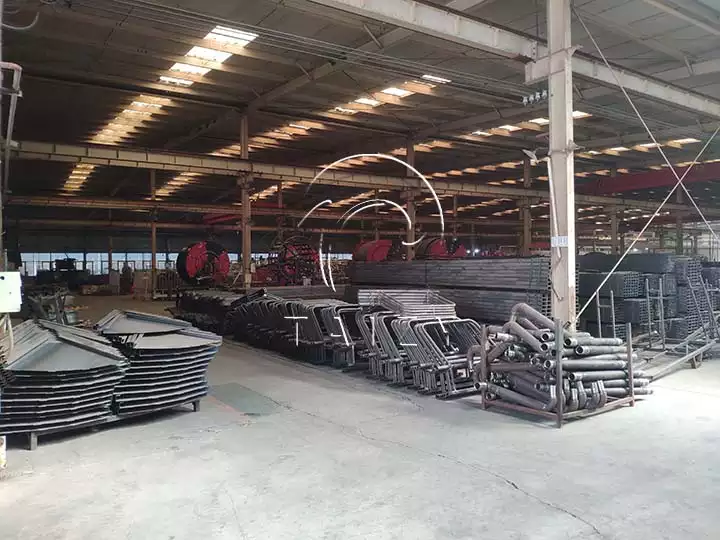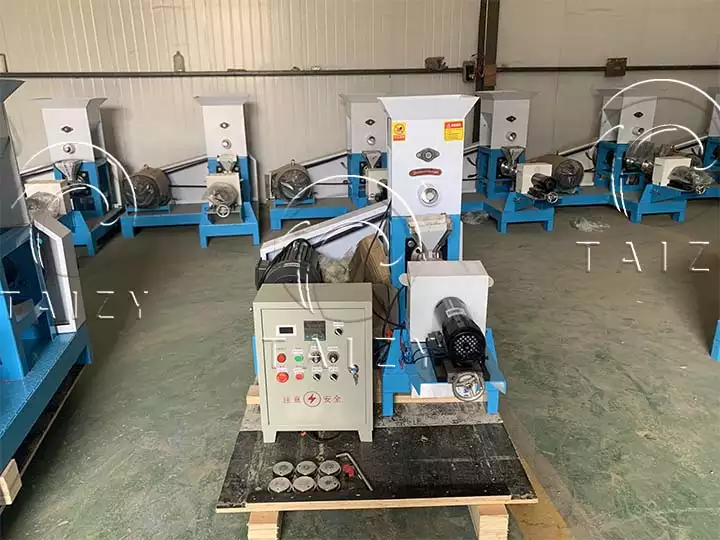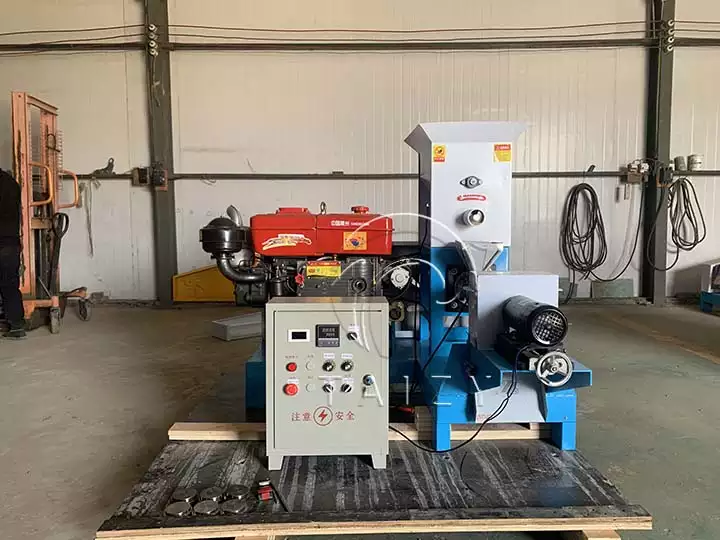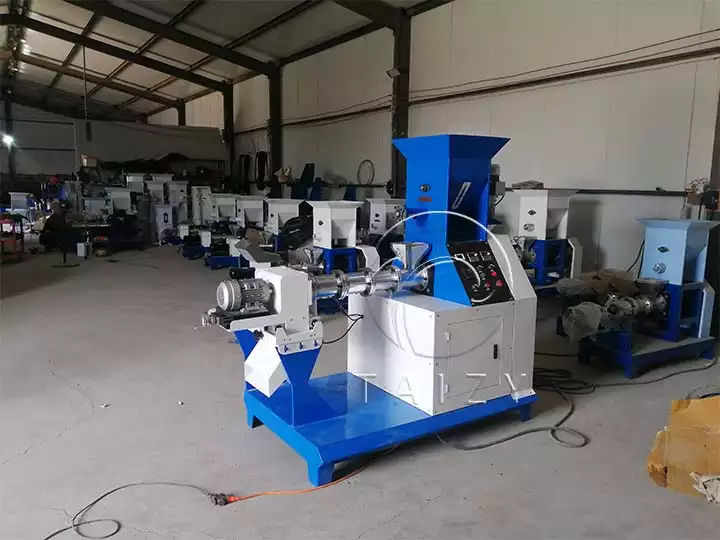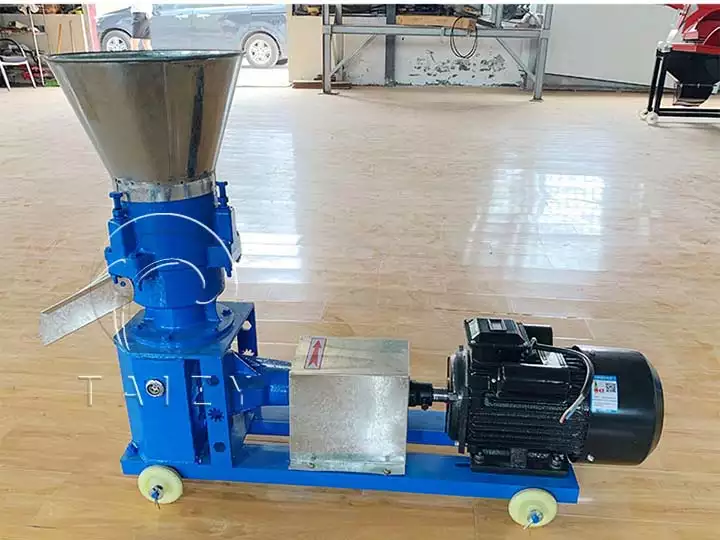Taizy Machinery is a professional manufacturer and supplier of the fish food pellet machine, which has a history of more than ten years. After continuous innovation and upgrading, our machines are very popular in Peru, Ghana, Niger, Angola, Malaysia, Belgium, etc.
Read More
Feed pellet production line is specially used for processing various animal feed, such as chicken feed, cattle feed, etc., with a capacity of 150-800 kg/h.
Fish feed processing line is designed for the production of large fish food pellets with an output of 180-600kg per hour, from cornmeal, rice bran, etc.
Floating fish feed production line is a complete fish feed processing line for making pellets for fish, parrots, shrimps, etc., with a capacity of 40-350kg/h.
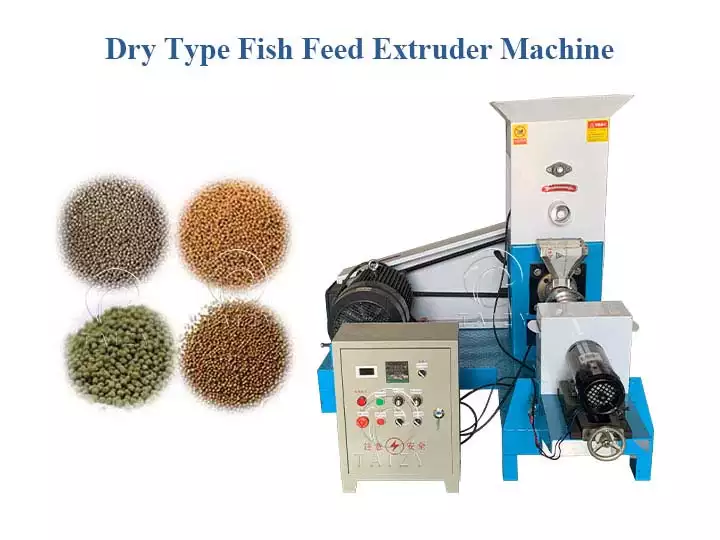
This fish feed extruder machine is used for the production of fish food pellets by the dry method. It is mainly…

This fish pellet making machine is newly designed on the basis of the previous floating fish food making machine. This…
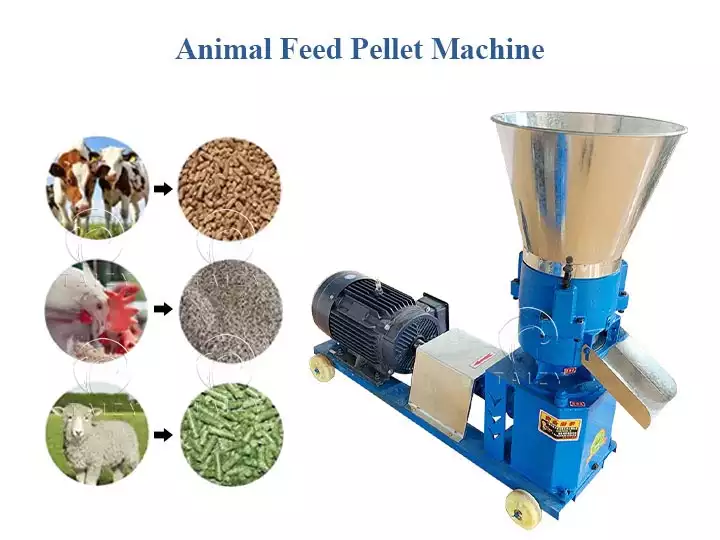
Animal feed pellet machine is mainly used to produce various kinds of animal feed, such as cattle, rabbits, pigs, chickens,…
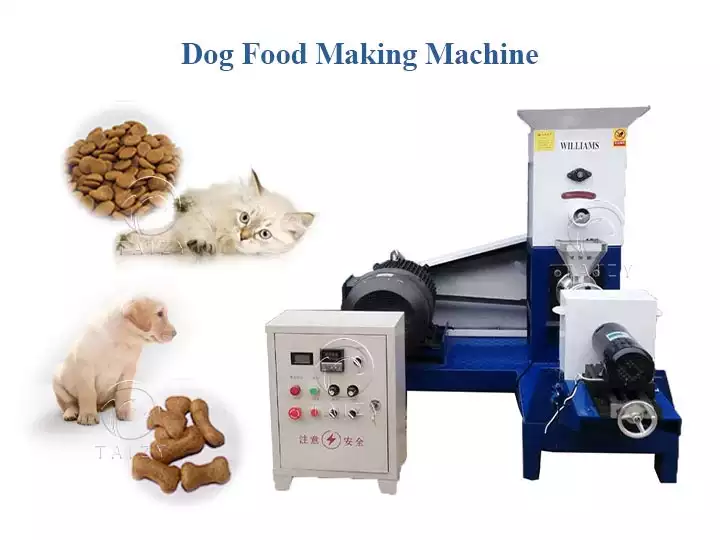
This dog food making machine is used to produce feed for various pets, such as cats, dogs, turtles, parrots, etc.…
Our technicians are available to provide you with professional technical support whenever you need it to ensure that your machines are up and running.
Taizy company provides a very humane and professional after-sales service, specifically for you to solve the various problems that may arise during the use of the machine after purchase.
As a professional and innovative company, we support customized services. Therefore, we can meet your needs as long as they are reasonable.
